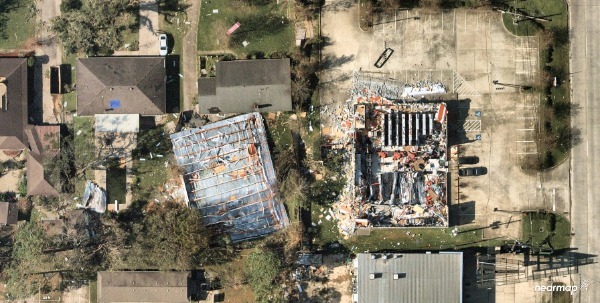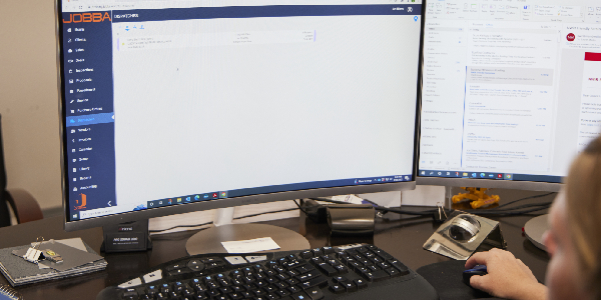The Future of Construction Site Surveillance: Part 2

By Cotney Construction Law.
There are many benefits to self-navigating rovers and drones that provide workplace surveillance.
There is a four-part article that covers the future of construction site surveillance. Part one covered the newest inventions that are impacting the construction industry. Here in part two, we will cover emerging artificial intelligence--where autonomous rover devices will self-navigate around the workplace perimeter. Rovers can be paired with flying drones so that the interior and exterior construction site can be scanned. This use of artificial intelligence can help determine the overall productivity of a project.
Lidar technology is what is behind autonomous vehicles’ ability to “see.” Digitaltrends.com explains that lidar technology is created using lasers which “create a depth-based image of the world by shining out laser lights and then measuring how long it takes for the reflected pulse to be bounced back to the sensor.” By scanning a construction site using this technology, rovers can send construction site data to cloud technology, which will allow the data to then be analyzed.
The surveying rover uses lidar technology scanning to accumulate data. Once this data is collected, it is uploaded to a “deep-learning” process that analyzes the measurable results the rover collected. 3D technology allows the cloud system to algorithmically analyze the data and determine the quality and progress of construction work. This data can verify construction work was completed correctly and on time.
To be continued in the third and fourth sections, we will explain how lidar technology will greatly impact the construction industry by creating new, precise means of inspecting ongoing projects.
To read the full article, please visit: Cotney Construction Law
Disclaimer: The information contained in this article is for general educational information only. This information does not constitute legal advice, is not intended to constitute legal advice, nor should it be relied upon as legal advice for your specific factual pattern or situation.























Comments
Leave a Reply
Have an account? Login to leave a comment!
Sign In